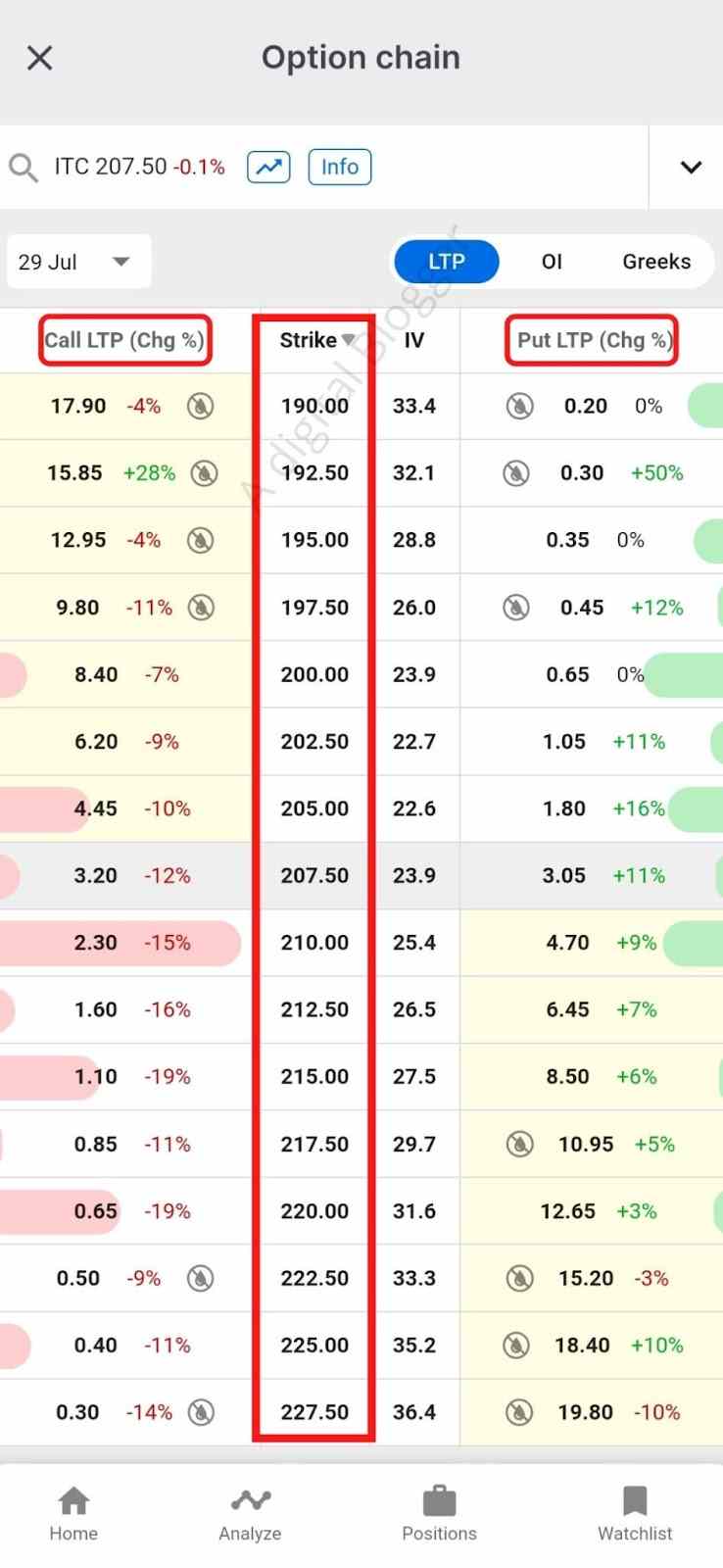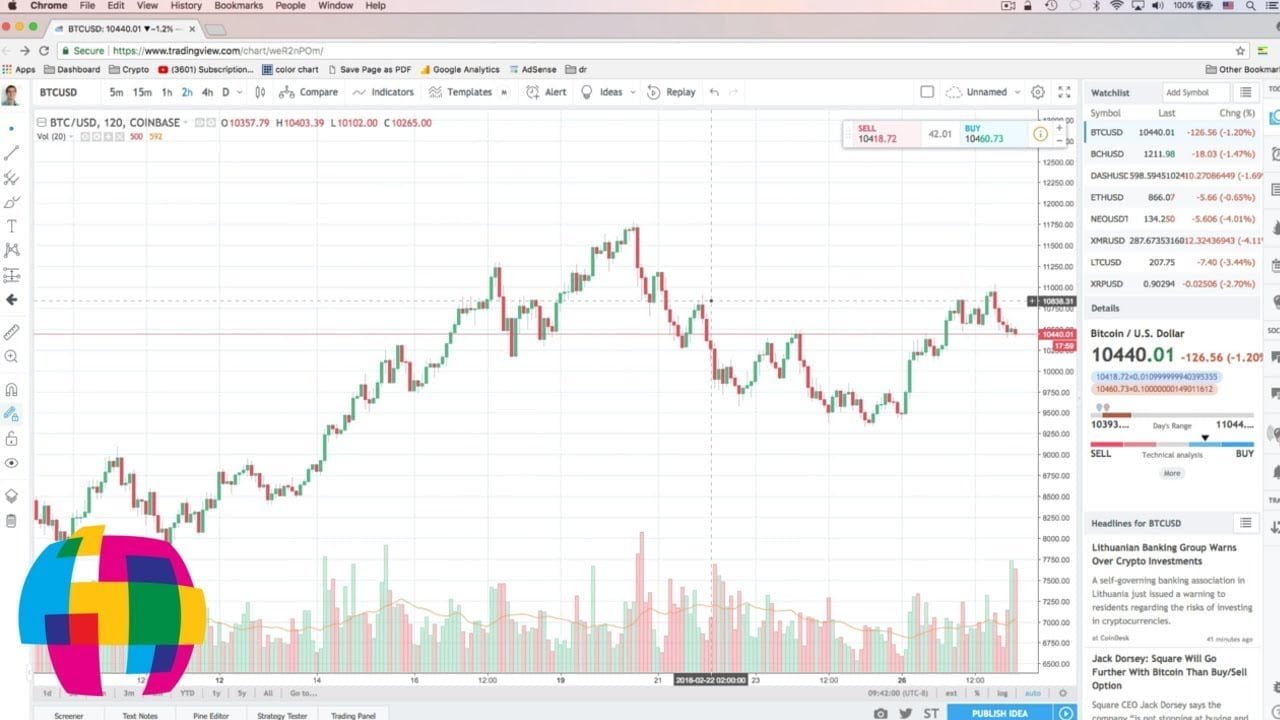Introduction
:max_bytes(150000):strip_icc()/OPTIONSBASICSFINALJPEGII-e1c3eb185fe84e29b9788d916beddb47.jpg)
Image: flipboard.com
In the fast-paced world of investing, options trading presents lucrative opportunities alongside inherent risks, making a comprehensive understanding of its complexities crucial for success. Options are versatile financial instruments that allow investors to navigate the market’s ebb and flow with greater flexibility. To empower traders, this article delves into the diverse categories of options trading, providing valuable insights and practical guidance.
Call Options: Betting on the Upside
Call options grant investors the right to purchase an underlying asset at a predetermined strike price before a specified expiration date. When market conditions favor an asset’s appreciation, traders turn to call options. If the asset’s price rises above the strike price, call options yield profits for investors who astutely anticipated the market’s upward trajectory.
Put Options: Hedging Against Decline
Put options offer a protective layer, allowing investors to sell an underlying asset at a fixed strike price before a predefined expiration date. This strategy becomes particularly valuable when market conditions portend a decline in an asset’s price. By purchasing put options, investors can secure the right to offload the asset at a preset price, mitigating potential losses.
Covered Calls: Generating Income from Upside Potential
Covered calls involve selling (writing) call options on an underlying asset that the investor already owns. This strategy generates immediate income through the sale of options while simultaneously maintaining the flexibility to profit from the asset’s price increase up to the strike price. However, the trade-off is that if the asset’s price surpasses the strike price, the investor must sell the asset at the agreed-upon price.
Naked Calls: A High-Risk, High-Reward Strategy
Naked calls involve selling call options on an underlying asset without holding the underlying security in the investor’s portfolio. This strategy is inherently riskier than covered calls as it exposes the investor to unlimited potential losses if the asset’s price spikes above the strike price. Hence, this strategy is only suitable for experienced traders who understand the inherent risks and possess a robust risk management strategy.
Call Spreads: Limiting Risk and Defining Returns
Call spreads involve combining multiple call options with different strike prices and expiration dates to construct a customized investment strategy. These strategies can be tailored to target specific risk profiles and potential rewards. By coupling different call options, traders can define the outer limits of their potential returns and mitigate the risk associated with naked calls.
Put Spreads: Protecting Against Downward Swings
Put spreads employ a similar approach to call spreads but involve using put options instead. This strategy provides flexibility in constructing customized defensive portfolios, hedging against potential declines in the underlying asset’s price. By crafting put spreads with meticulous care, investors can adeptly limit their risk while still capturing some potential downside gains.
Expert Insights and Practical Tips
“Options trading can be an effective tool for investors seeking to enhance their returns or mitigate risks,” advises Dr. John Smith, a renowned financial analyst. “However, it’s essential to equip oneself with a thorough understanding of options categories and exercise prudence in selecting appropriate strategies.”
To succeed in options trading, experts recommend:
- Diligent research on available options categories
- A thorough understanding of risk management strategies
- Patient monitoring of market trends
- Consulting with reputable financial advisors when necessary
Conclusion
The realm of options trading offers a diverse range of opportunities for investors, from mitigating risks to generating additional income. By delving into the various categories of options, traders can tailor their investment strategies to suit their unique objectives and risk tolerance. Armed with the insights presented in this comprehensive guide, investors can navigate the intricacies of options trading with greater confidence and potentially unlock the doors to financial success.

Image: www.adigitalblogger.com
Options Trading Categories

Image: ansonalex.com






